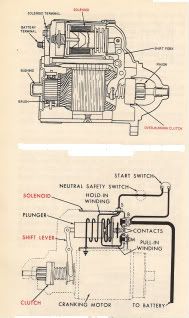ICUFLY
New member
- Joined
- Jan 26, 2010
- Messages
- 14
- Location
- Indiana (40 miles South of Indy)
- Tractor
- Eclipse DT204 "JINMA"
Howdy all, I've had my tractor since 03' but haven't done alot with it, due to divorce and stuff. But now I'm getting back to it. I have an Eclipse DT204. The tag on the fender reads: DT 204 Number 21457 Date 02 5, I take this to be made in May of 2002 correct? Now for the engine, the tag on the valve cover reads: Yangdong Y20411105A Date 99 08, and cast into the right side of the block (exhaust side) it has YD380. I'm sure this will tell someone what I have but I'm not sure.. When I bought it I was told it was a 25HP 4WD.. I have some issues that I need to look into but without knowing for sure what I have it's hard to fix some problems.. I'll get to that stuff later. Hope you can get me started down the right path.. Thanks ahead of time, some very interesting reading in this and CTOA forums..
Thanks,
Dan
Thanks,
Dan

